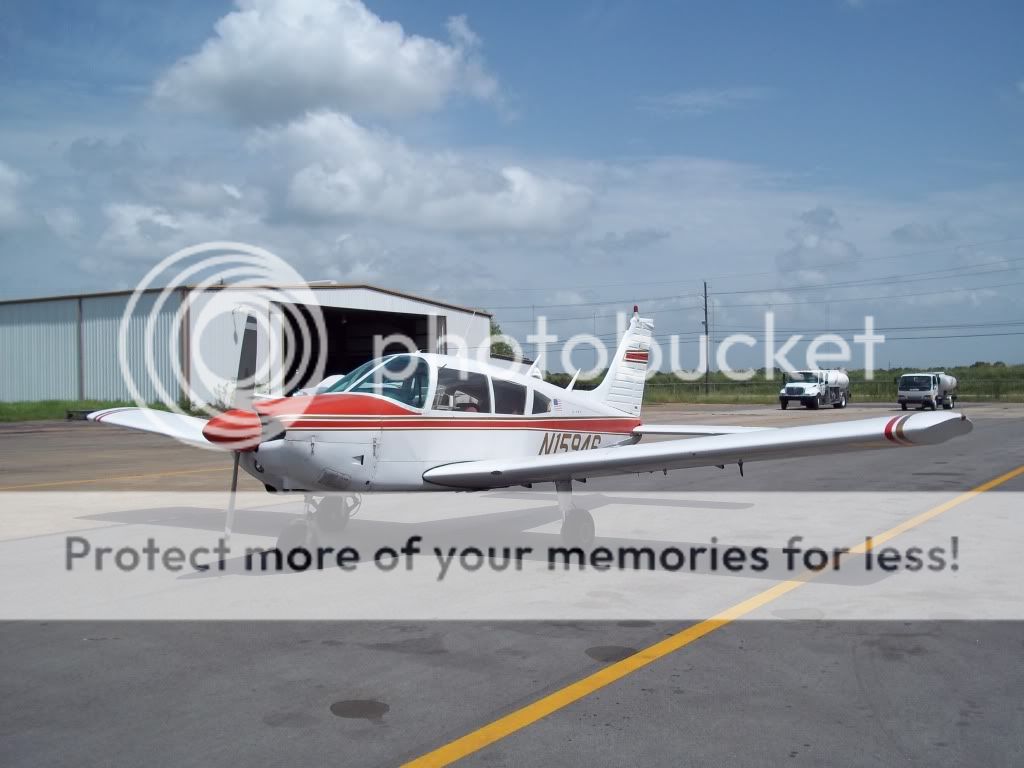Thought I'd throw my $0.02 in (that's all I've got left after my annual)...
I've owned 3 low-wings ('64 Cherokee 160, '46 Ercoupe, '00 Mustang II) and 1 high-wing (my current Shortwing Piper B)). I had the Mustang II when I got married and immediately needed a 4-place (ready-made family). It took me 1.5 years to part with the Mustang and I was looking for a Cherokee 180 because they are:
- Faster than a 172 from the same time period
- Will carry more than a 172 (early models around 1000lb useful load)
- Typically less expensive than a comparably equipped 172
- Enjoyed my 160 (but didn't need 4-place at time)
- Don't have to climb to fuel.
- Like the feel of flying a low-wing (I have between 250 - 300 hours in Cessnas...150, 172, 206)
I bought the TriPacer because it was based at my field and was in good shape and was substantially less than a 180. After I finished upgrading the panel this year, I wish I could have figured out how to pull off buying a 180.
The pluses of a high-wing are:
- Built in shade
- Your passengers can see the ground
- 2 doors for the 172
I didn't mention not changing tanks because the TriPacer needs to be changed. When I change tanks I use the tach time because I don't care how many minutes have gone by, I care how many minutes the tach/engine think have gone by (typically 2400rpm for 1 hour = 1 hour on tach). Keep a log with:
- Your start tach time
- The tank you start on
- Time burned this "leg"
- Fuel burned this "leg"
- Total time burned
- Total fuel burned
- Fuel remaining
I'm "fortunate" that the TriPacer burns 10gph so the math is easy for me. If you figure 10gph in the 180 it won't be bad for you. Just try and change within gliding distance of a suitable landing site and you get used to it...sorta

(~300 hours tank changing time).
If I had to choose between a 180 and 172, I go the 180 route. But that's just me. They are good planes but I like the pluses better. They both fly well, fuel changing will become a non-issue in the 180 (though the 1st few offer a pucker factor).
Good luck with your choice!
Chad
and you forget to switch the tanks and its got a 40 minute difference rather than your max limit of 30. Do you burn the other tank for 40 to balance it?

 Why did I not think of that. Guess I over think to much. lol
Why did I not think of that. Guess I over think to much. lol